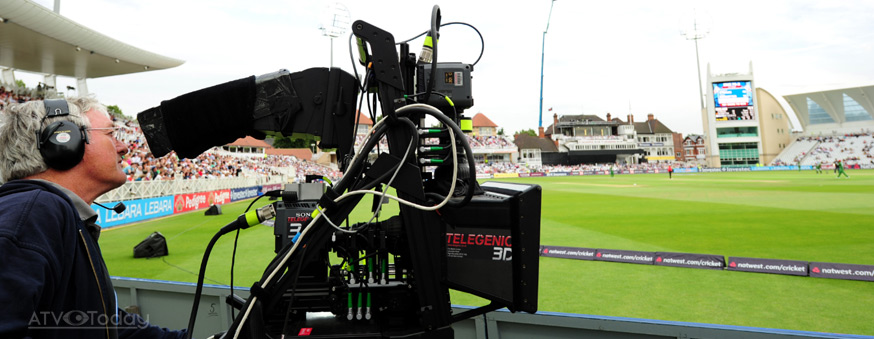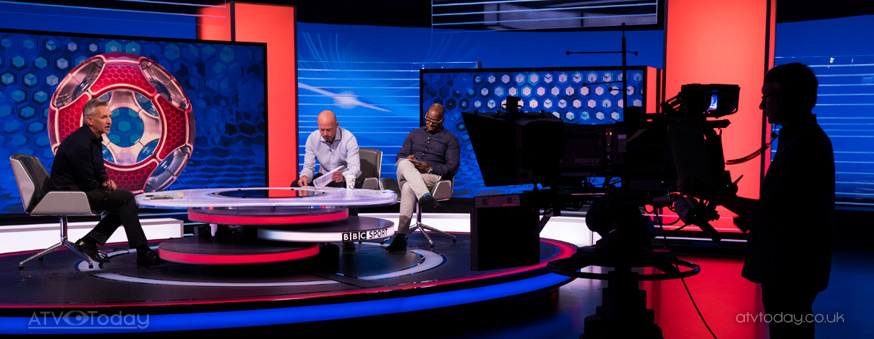Back to basics: How to win gold with Live Sports OTT.

Cricket is broadcast by Sky Sports.
With a large amount of the population tuning in to on-demand TV and paid subscription services, times are challenging for traditional broadcasters and live TV. But when it comes to sports, it’s a different ball game all together.
Unsurprisingly, sports is best watched live with the build up, hype and immersive experiences hooking even novice sports fans. However, despite its prevalence, and accounting for a large proportion of the most watched TV shows each year, live sports broadcast is still in decline with figures showing an 11% drop in viewership of the Olympic opening ceremonies in 2012 and 2016.
But with the NFL reporting a 69% increase in viewing figures for games being watched online, could live sports OTT be the last saviour for sports broadcast? Chris Wood, CTO, Spicy Mango, explores the intricacies of delivering live sports OTT and how platforms can hit a home run and deliver on user experience.
Live sports is going nowhere. In 2017, 60% of the highest viewed TV programmes were sports. Furthermore, in the top five most viewed programmes, four out five were sporting events. Generally, the trend the broadcast industry is seeing, is a decline in traditional broadcast, but a skyrocketing increase in online viewerships for live sports.
When it comes to watching popular, mainstream sports on traditional pay TV, customers need to have a package to view the live fixture or to pay an additional fee on top if it’s not included in their subscription choice. For example, to watch the NFL on Sky, viewers need the sports package, but they might also need to pay for bolt ons for other sports.
This doesn’t benefit the customer as they miss out on watching the fixture or end up getting frustrated by paying again. The reason online is scoring so high in the sports OTT stakes is that it has got the commercial model right. It’s easy to access, it’s pay per fixture so customers aren’t tied into expensive subscriptions, and the infrastructure has become increasingly reliable so customers can still stream that Champion’s League final on their mobile whilst they are on holiday.
If customers are paying for the privilege of watching a live sports match, they won’t tolerate the stream being glitchy or freezing.
Delivering a fuss free experience is essential for retaining viewers and for the reputation of a service provider. Take the Bundesliga outage in 2017 as an example: Eurosport had to reimburse customers in Germany and Austria EUR10 in compensation for technical problems. Given the thousands of customers that were trying to watch the game, this was a costly error.
Unlike TV on demand, delivering live sports over the internet at scale inevitably brings a new set of challenges that service providers must face. From peak throughput to peak concurrency, there are a number of key things that sports OTT providers must consider, not to mention the additional issues around authentication and using geolocation data to tailor experiences.
In live sports OTT there are high levels of data per second as well as requests per second. This can put pressure on the infrastructure, especially at the start of a live broadcast as everyone logs on to watch the match. Fortunately, these intricacies have a fairly simple fix that provides a foundation for a successful infrastructure that can cope with demand and won’t force viewers to switch off.
It all comes back to the data. If OTT providers have access to their data, they can see that five minutes before a football match starts, they would have an influx of 1.5 million users, for example. This gives them ample opportunity to create the infrastructure and provide sufficient capacity.
This can be solved by autoscaling groups which essentially means that as capacity increases the provider can increase the threshold and cope with demand. Given the date is reasonably predictable for each event, this is something that all OTT providers need to consider when putting out live broadcast over the internet. Many providers have the misconception that when something goes wrong, it’s attributable to the Content Delivery Network (CDN) but it could be something as simple as the basic infrastructure and ensuring that you are using the data.
By investing money and time in ensuring that the foundations are laid for a successful infrastructure, sports OTT providers can ensure that they have the right capacity to deal with high demand at scale. For many companies it’s a chicken and egg situation: If money has already been spent on the infrastructure then you won’t have any issues but if providers don’t invest, they could find themselves at capacity and in a situation where the stream just doesn’t work.
Sports broadcast isn’t quite as easy as OTT, but with a strong foundation, live sports OTT providers can ensure they are delivering a smooth broadcast at scale that keeps viewers engaged without experiencing buffering, freezing or glitching. If live sports OTT is meant to be the saving grace of sports broadcast then it needs to be done right, or providers could find themselves in last place.

Football rounded-up by BBC One’s Match of the Day.












